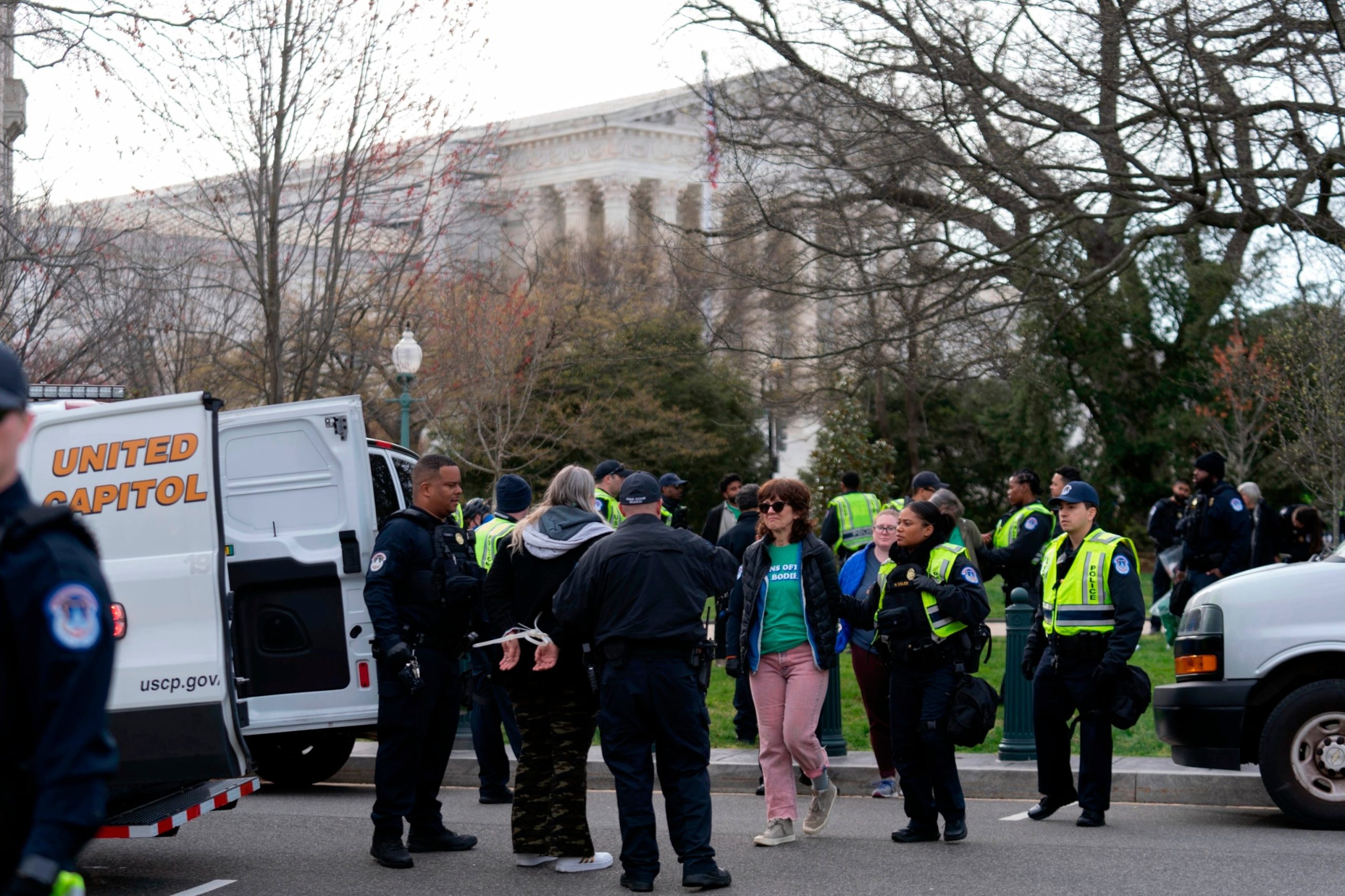Racial inequality has been a persistent issue in the United States for centuries, and it is no different when it comes to missing persons cases. Advocates have suggested that legislation may be a solution to tackle this issue and ensure that all missing persons, regardless of their race or ethnicity, receive equal attention and resources.
According to a report by the National Institute of Justice, African American and Hispanic individuals are more likely to go missing than their white counterparts. However, these cases often receive less media coverage and law enforcement resources, leading to a lower chance of being found alive. This disparity in attention and resources is a clear example of racial inequality in missing persons cases.
One solution that advocates have proposed is to pass legislation that would require law enforcement agencies to report missing persons cases to a national database within a certain timeframe. This would ensure that all cases, regardless of race or ethnicity, are given equal attention and resources. Additionally, this database could be used to track trends and patterns in missing persons cases, which could help identify areas where more resources are needed.
Another proposed solution is to create a task force specifically dedicated to investigating missing persons cases involving people of color. This task force would be made up of experts in the field, including law enforcement officials, forensic specialists, and community leaders. By bringing together a diverse group of individuals with different perspectives and experiences, this task force could help identify and address the root causes of racial inequality in missing persons cases.
In addition to these legislative solutions, advocates have also called for increased awareness and education around the issue of racial inequality in missing persons cases. This could include training for law enforcement officials on how to identify and address bias in their investigations, as well as public campaigns to raise awareness about the issue and encourage people to report missing persons cases regardless of race or ethnicity.
Overall, there is no single solution to the issue of racial inequality in missing persons cases. However, by passing legislation, creating task forces, and increasing awareness and education, we can take important steps towards ensuring that all missing persons receive equal attention and resources, regardless of their race or ethnicity. It is time to address this issue head-on and work towards a more just and equitable society for all.



